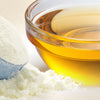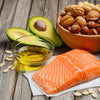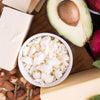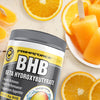Swimming on a Low-Carb/High-Fat Diet
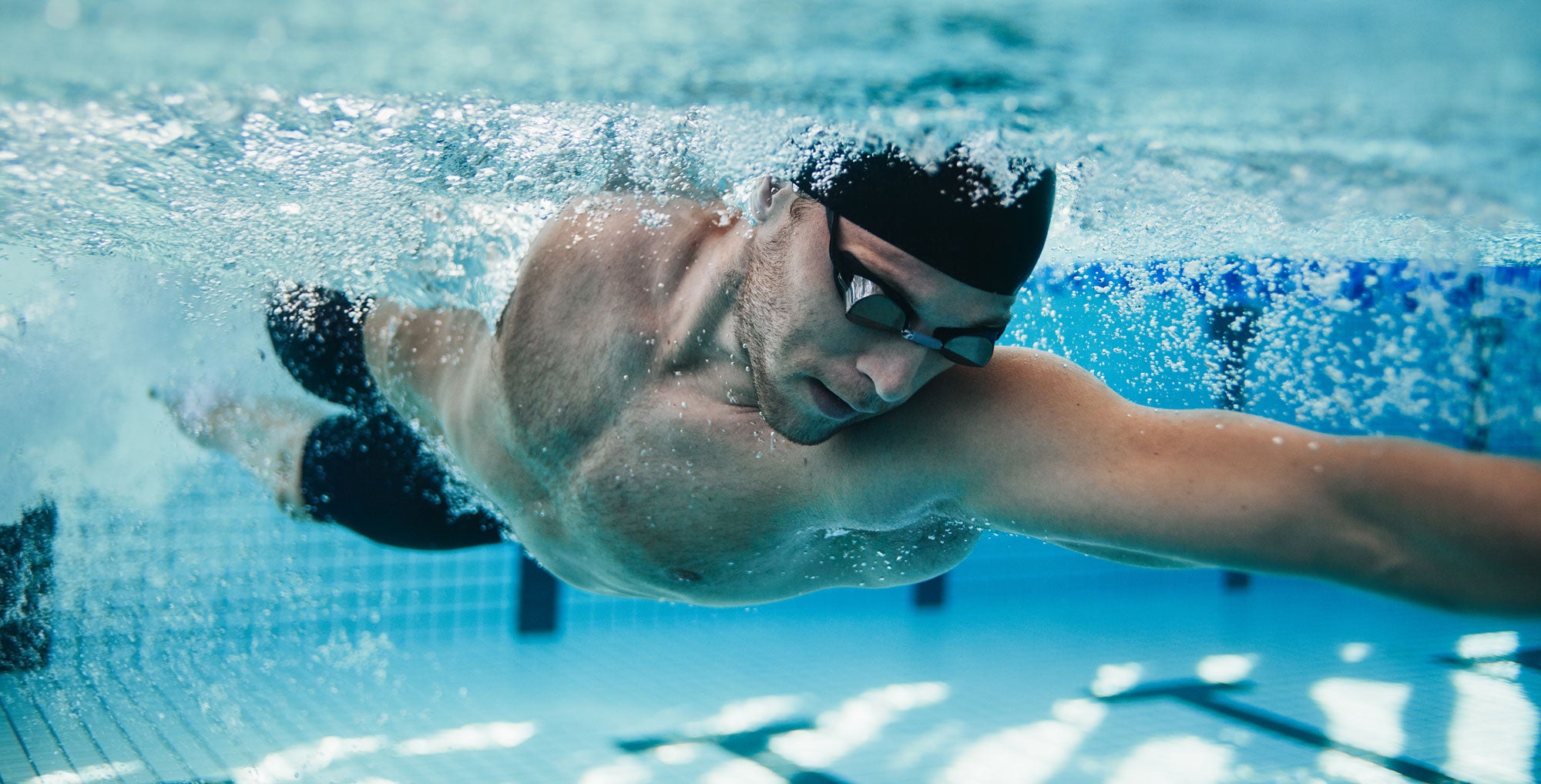

Swimming has been referenced in ancient texts and cave paintings from the Mediterranean to Mesoamerica. The British popularized swimming as a sport in the early 1800s, and in the late 1800s, it became an Olympic event. Today, swimming still remains one of the most watched Olympic events and a popular sport for individuals looking to get in shape. Much like swimming, high-fat/low-carbohydrate diets share a similar history also dating back to ancient texts and experiencing a newfound resurgence today. And the similarities don’t end there – swimming, combined with a high fat/low carb diet, can be a powerful tool for health and wellness. When paired together, swimming and a high-fat/low-carb diet can help make your weight loss program more effective and easier to follow.
Swimming Can Help Make Your High-Fat Diet More Effective
Exercise is a powerful tool for assisting weight loss because of the calories burned during and after a workout. Swimming is the ultimate when it comes to full-out total body exercise. A recent study observed the effects swimming had on serum irisin levels and other obesity parameters on rats eating high-fat diets. Irisin is sometimes dubbed “the exercise hormone” because it’s released during exercise and activates genes associated with higher caloric expenditure. The high-fat diet rats that performed the swimming exercises had higher serum irisin levels than the sedentary rats on the high-fat diet. The fat mass, visceral fat mass, and percentage fat mass were also lower in the high-fat swim exercise group compared to the high-fat sedentary group.
Swimming Can Offer Low Impact and Anti-Inflammatory Benefits
One of the reasons why swimming remains such a popular workout is because it’s a low impact total body exercise. While there are many options for exercise, one of the benefits of swimming is that it’s a non-weight-bearing activity which can be helpful for individuals who want to start a cardio program, but don’t have the stamina to run. It can also be a welcome relief for individuals who want to increase their cardio but suffer from joint pain. A high-fat/low-carb diet meshes well for these types of individuals because it’s been shown to have a profound effect on reducing inflammation compared to a low-fat diet in studies on overweight men and women.
Swimming Makes You Hungry, But High-Fat Diets Can Help Keep You Satiated
Swimming has been associated with an increased appetite level compared to other forms of cardio. For someone trying to lose weight, this could be a challenge because the long-term success of a weight loss program is dependent on sustainability. In other words, if you’re on a restricted-calorie diet (because you’re trying to lose weight), it’s going to be hard to sustain your new weight on those same limited calories. Plus, you’ll most likely be lethargic, which isn’t fun for anyone. Fortunately, studies show that in obese adults, high-fat/low-carb diets can be very effective in reducing hunger cravings.
Are There Any High-Fat Supplements for On-The-Go Athletes?
Most on-the-go sports nutrition products are high in carbs or protein. However, PrimaForce KetoShakes, which are available in chocolate and vanilla, make a great snack before or after your swim. We recommend replacing one of your daily meals with the 160-calorie KetoShake. Almond Milk can be added if more calories are needed to keep you fueled.
How Can You Incorporate Swimming Into Your Weekly Routine?
- Find a pool (swing by your local YMCA).
- Schedule a set time 2 or 3 days a week (maybe on your way to work or after the kids are on the bus).
- Have a plan (your local master’s club provides weekly workouts, but there are numerous swim blogs that provide great workout plans for FREE).
- Choose a fuel that will keep you satiated while you swim.
References
[1] https://lipidworld.biomedcentral.com/articles/10.1186/s12944-016-0263-y
[2] https://www.ncbi.nlm.nih.gov/pubmed/18046594
[3] https://www.ncbi.nlm.nih.gov/pmc/articles/PMC3139783/
